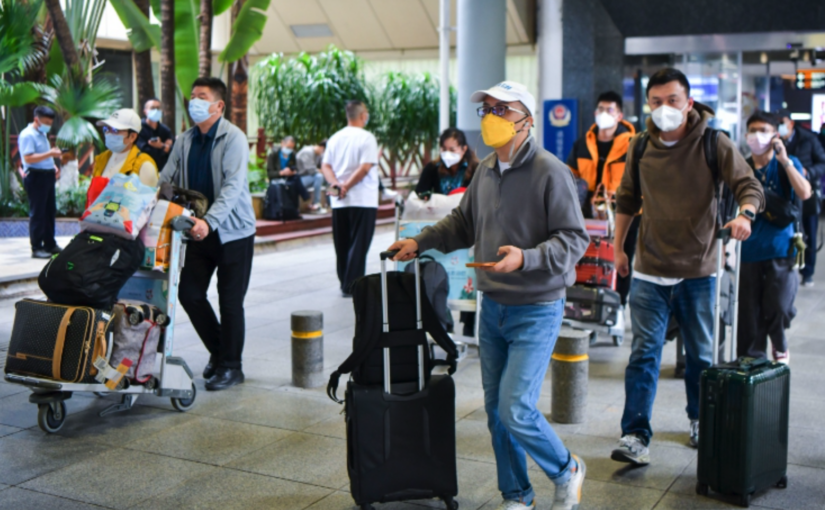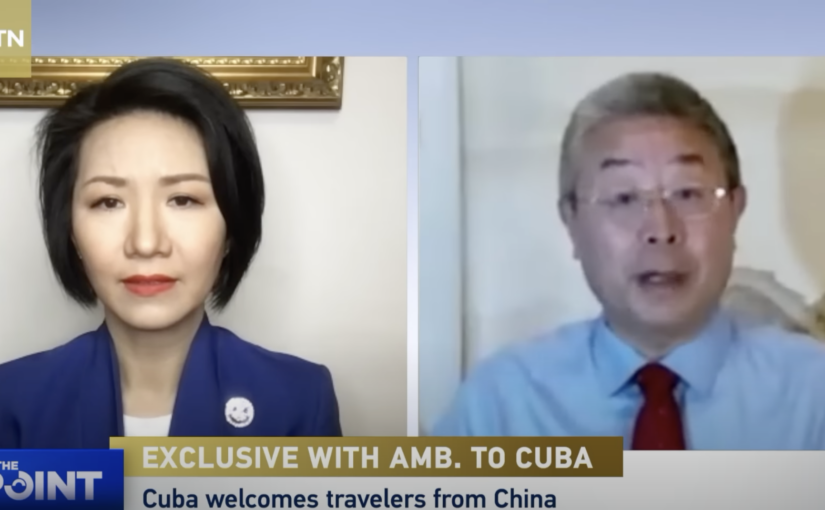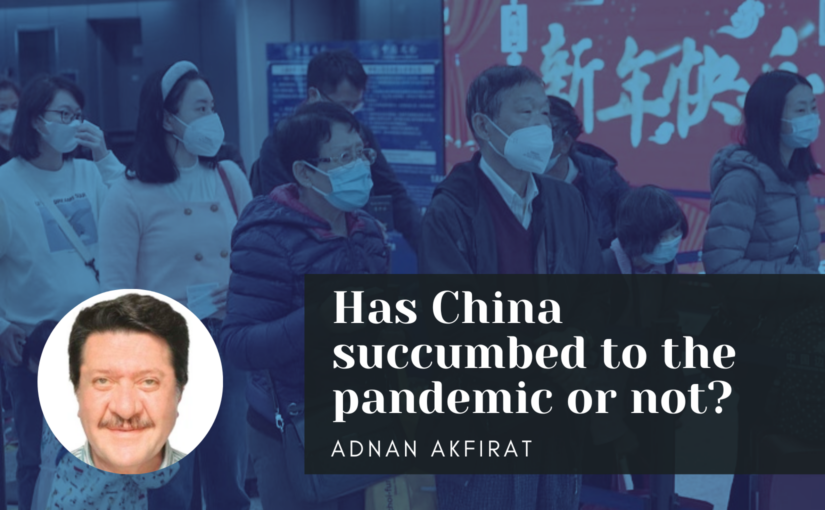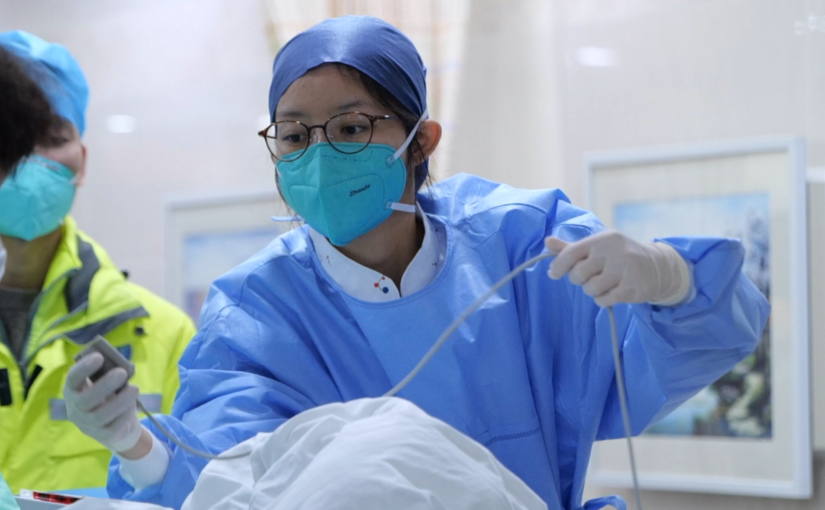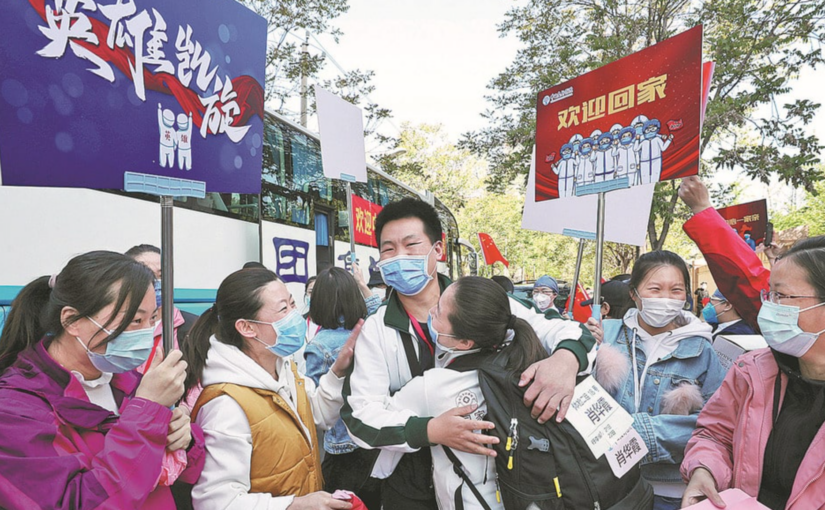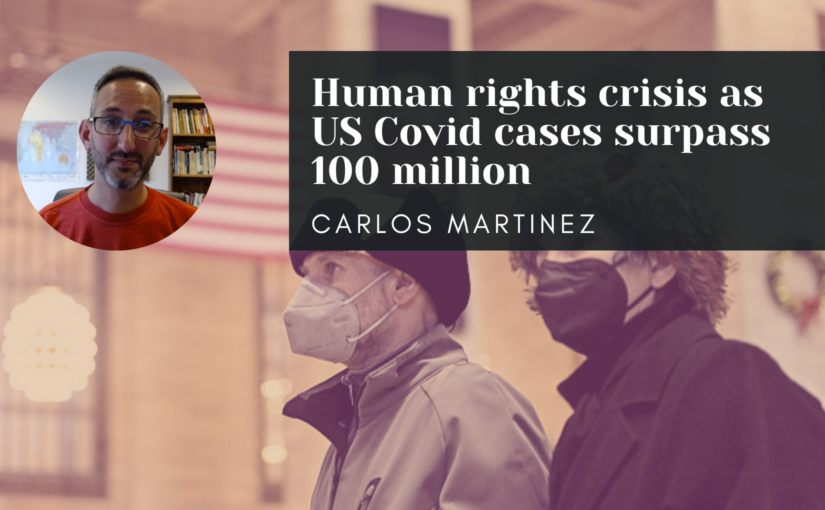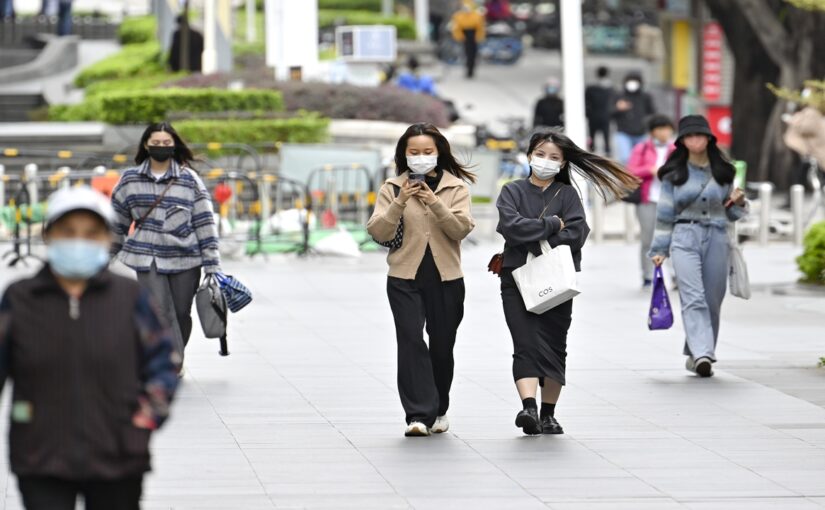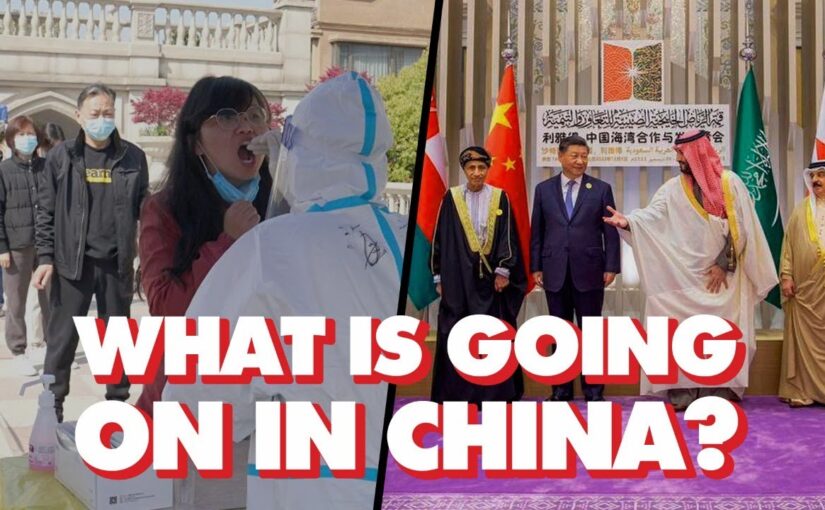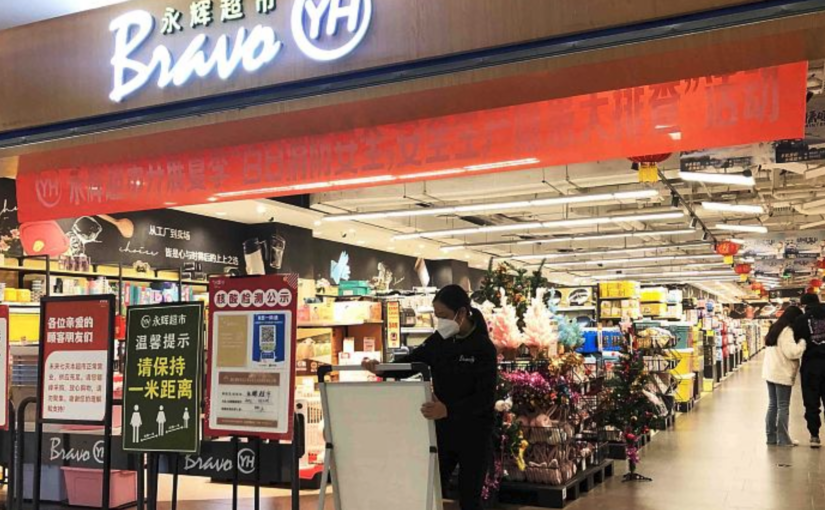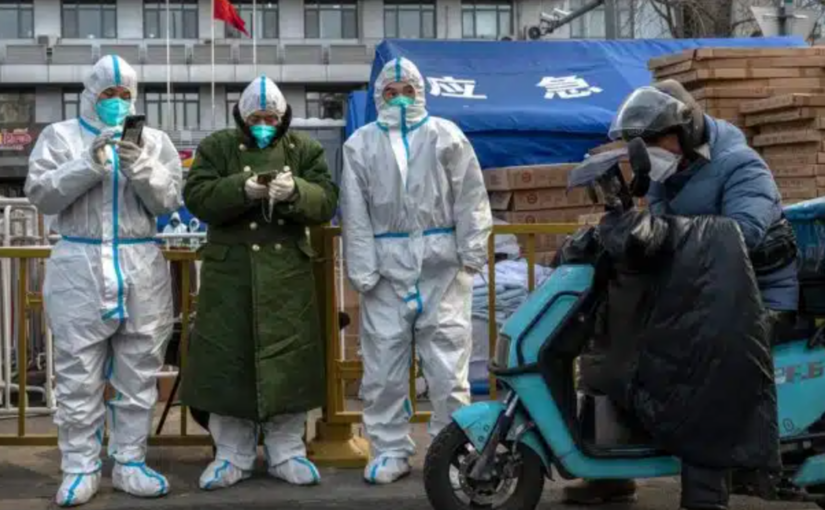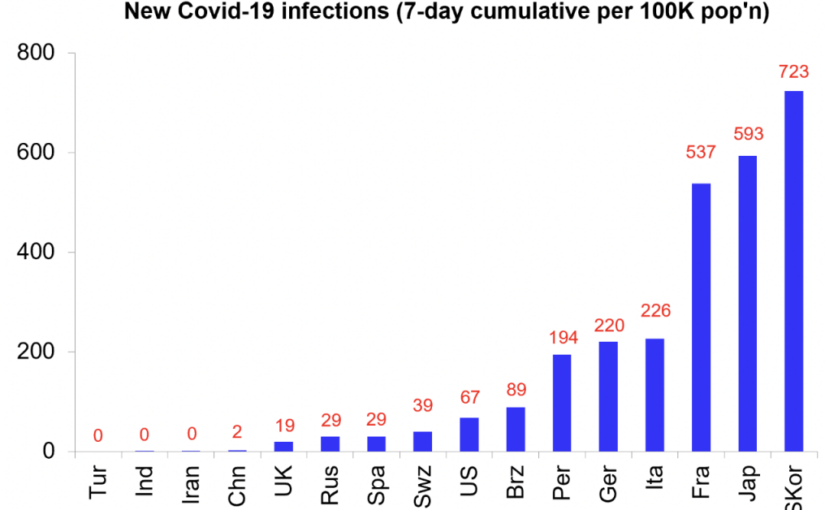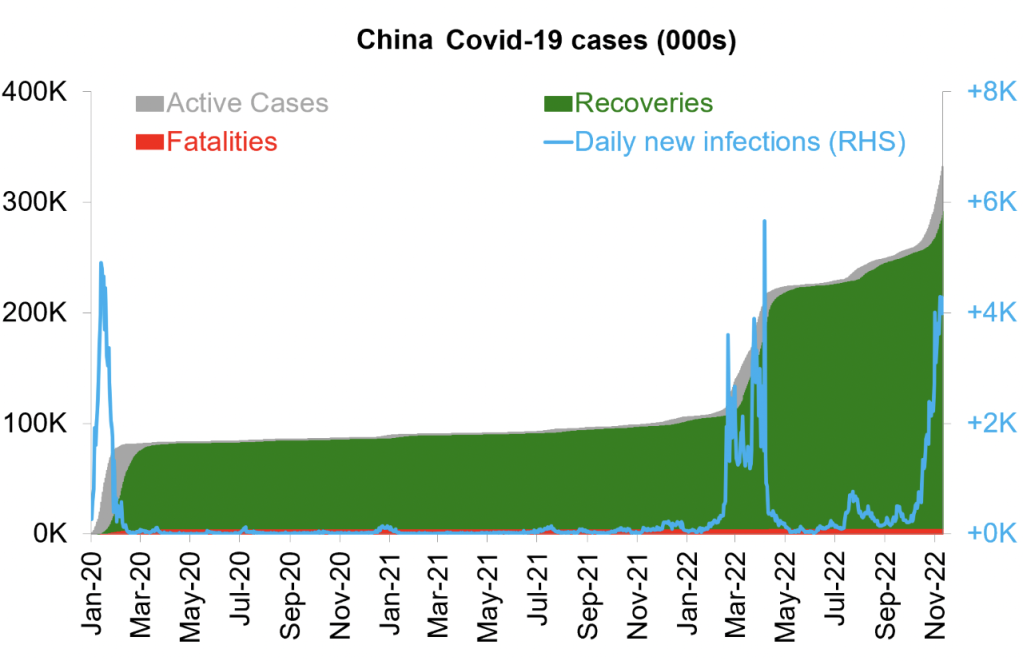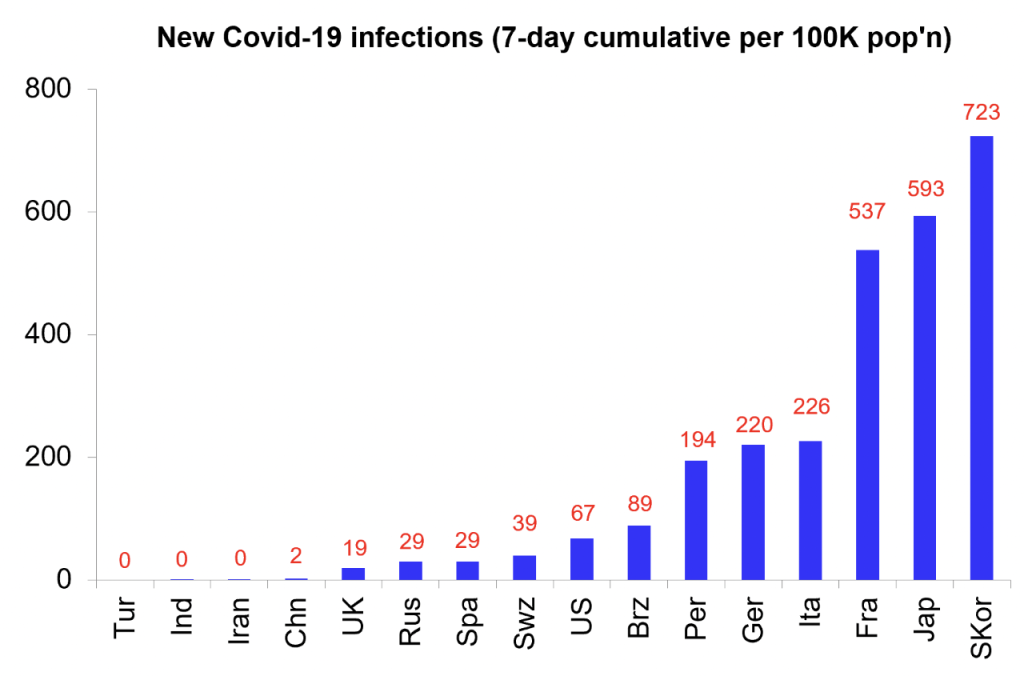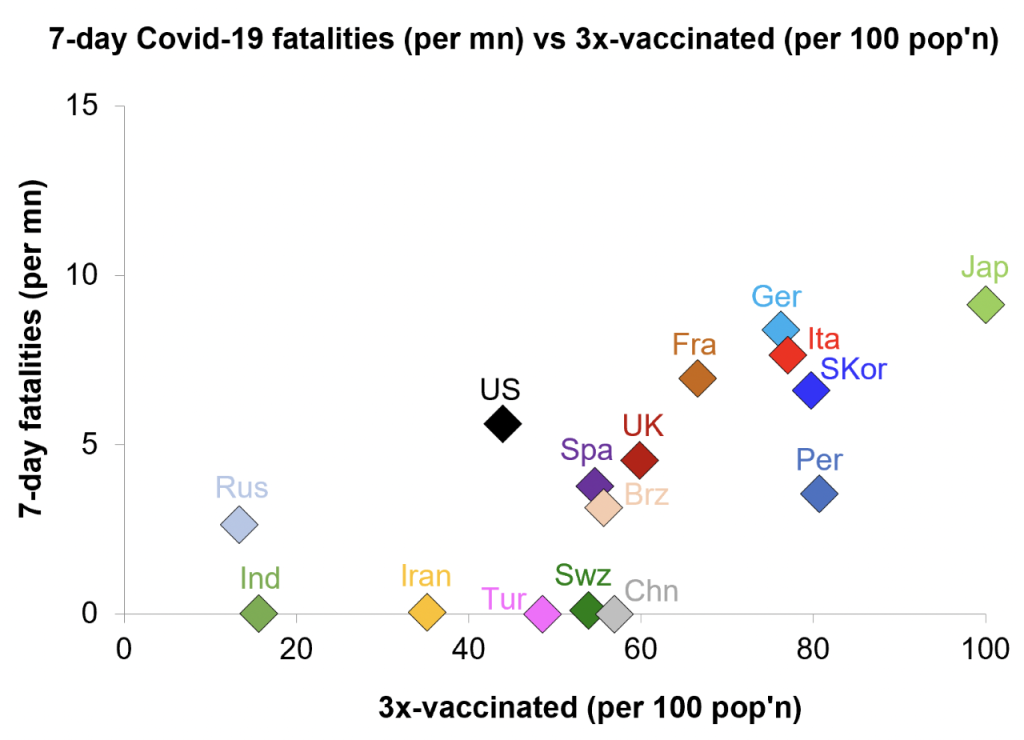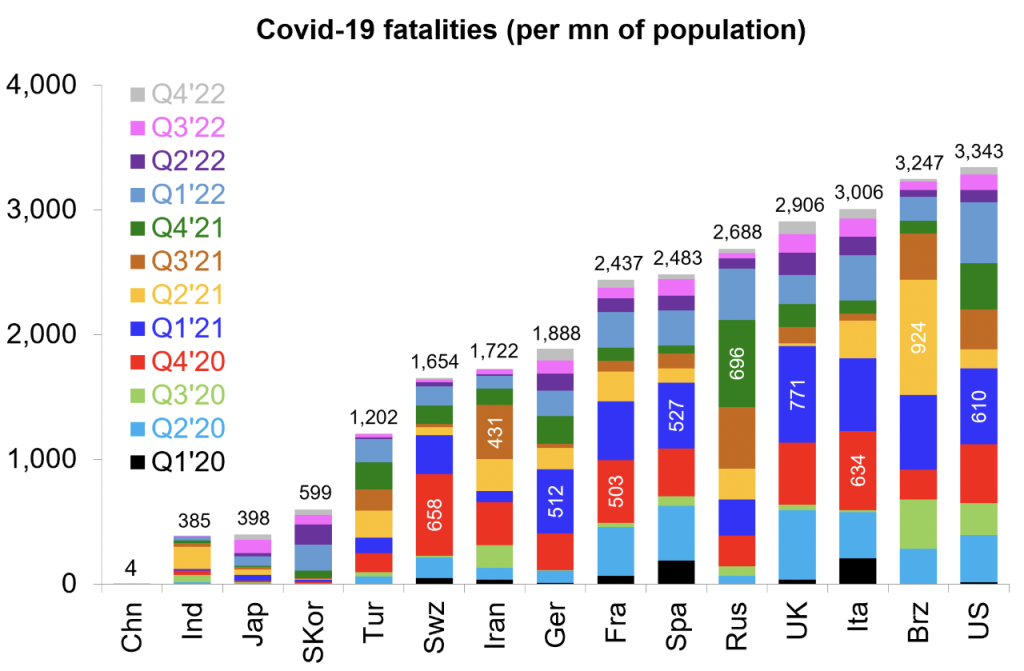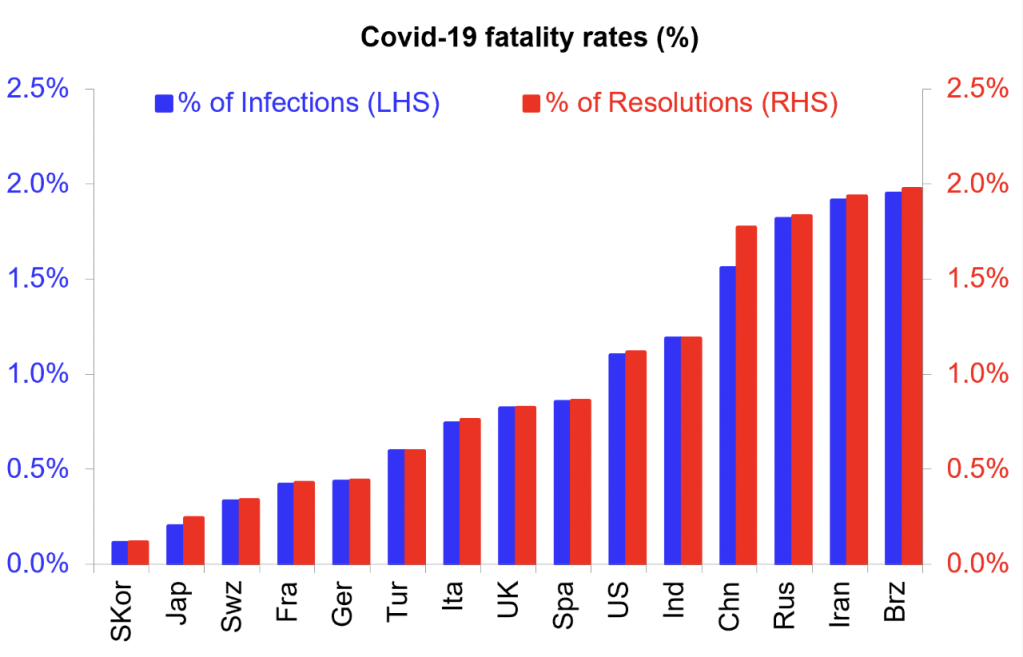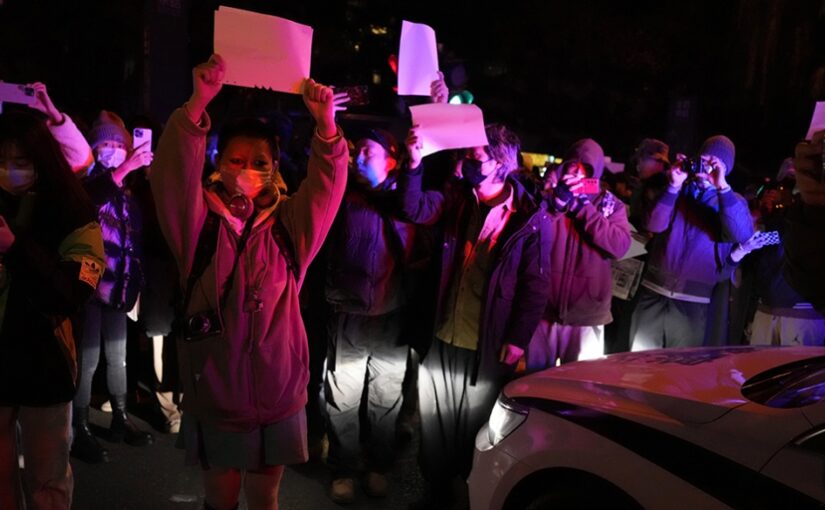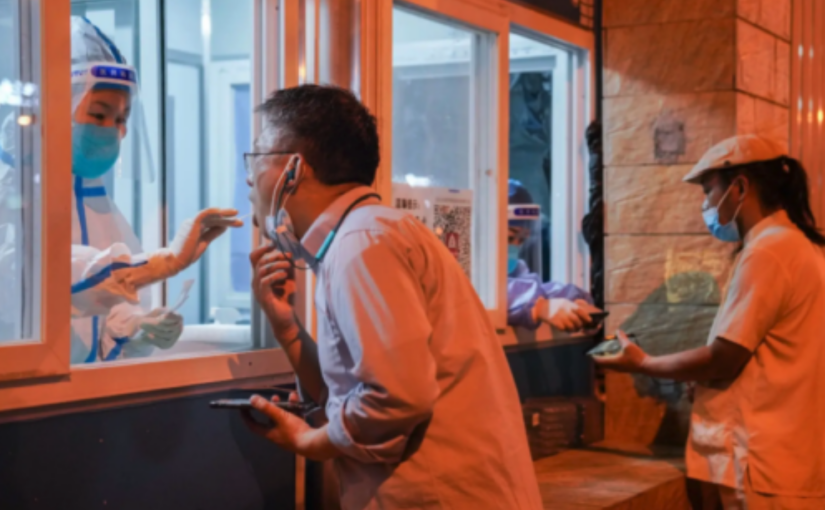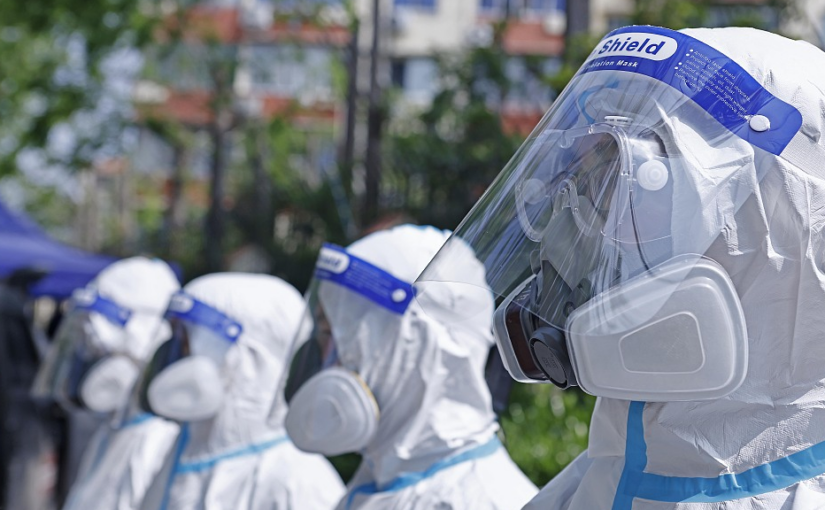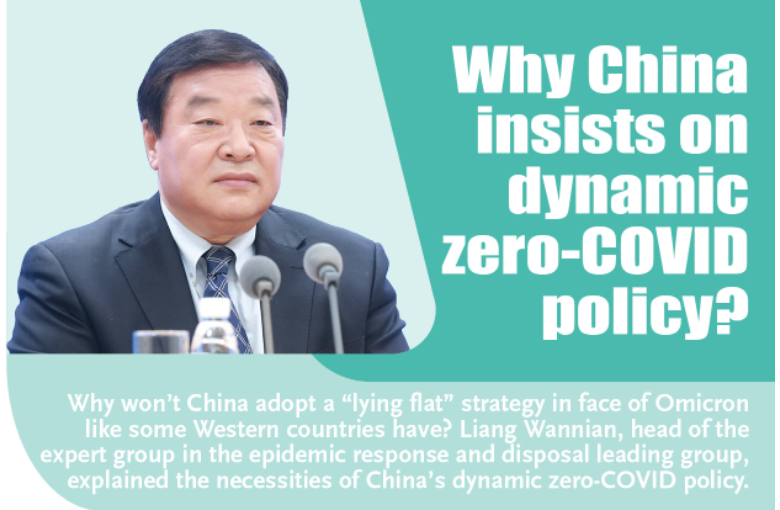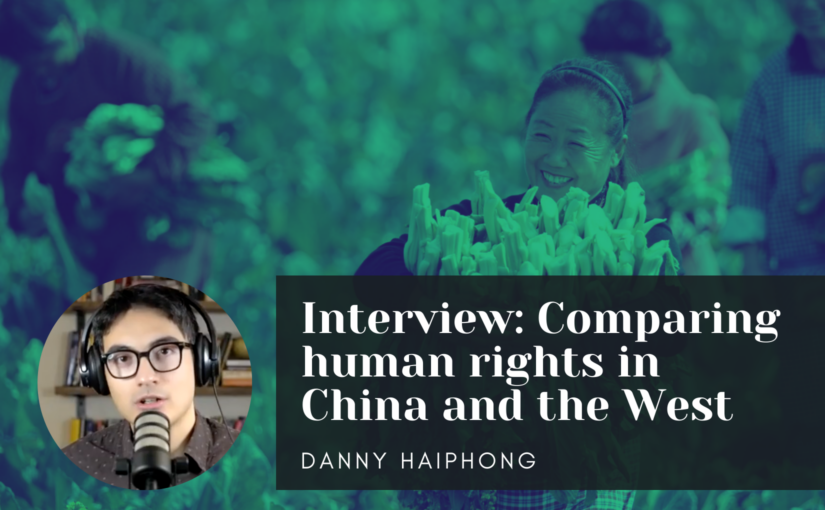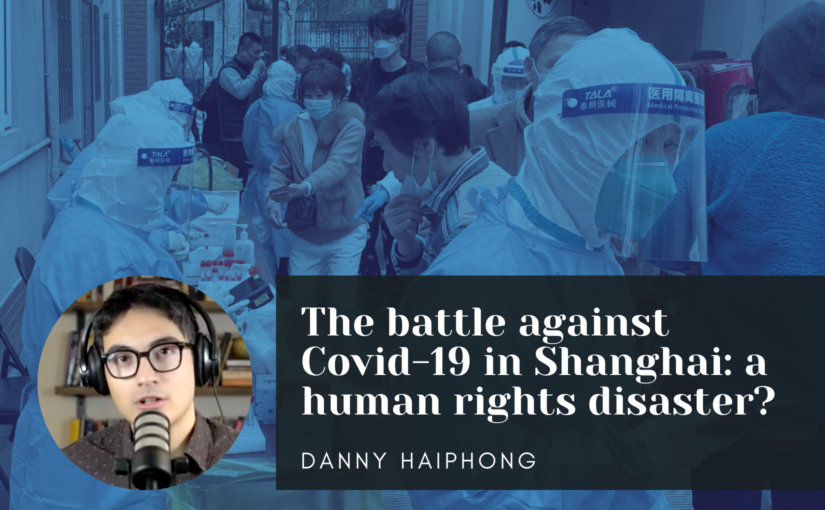In this article for Global Times, Roland Boer – Professor of Marxist Philosophy at Dalian University of Technology, China, and member of the Friends of Socialist China advisory group – analyses the most recent updates to China’s diagnosis and treatment protocol for Covid-19.
Roland opines that, to a significant degree, China has set the ‘gold standard’ in terms of dealing with the pandemic. For three years, while more virulent mutations of the virus were circulating, China adopted extreme measures in order to protect people’s lives – an expression of the CPC-led government’s philosophy that “people come first, and life comes first.” These measures prevented literally millions of deaths, with the result that China’s rate of Covid-related deaths is among the lowest in the world.
Now, however, extensive and continuing investigation by China’s scientists – in coordination with their counterparts around the world – indicates that conditions exist for moving the coronavirus to endemic status. Thus it is now considered as seasonal and non-threatening, given the relatively low virulence of the dominant Omicron strains, China’s high level of vaccination, and the growing pool of treatment options.
Roland also notes that the government and health authorities have carefully learned the lessons of the last three years and that “China’s health system has seen impressive improvement” in response.
On January 6, 2023, China’s National Health Commission (NHC) and National Administration of Traditional Chinese Medicine issued China’s 10th edition of its diagnosis and treatment protocol for novel coronavirus infection. This is the NHC’s first national guiding protocol after China announced to downgrade management of COVID from Class A to Class B from January 8. Two items are worth noting here: the definition has changed from “novel coronavirus pneumonia” to “novel coronavirus infection” and its classification is now at a “B” level. The classification has significant implications for the measures taken to deal with the virus, but a question arises: Has China “lain down” before the virus, has it given up on dealing with it? The answer is a resounding no. Instead, China is the first country in the world to move from the coronavirus being a pandemic to it being endemic. This point needs some explanation.
First, for a little over three years I have been closely following China’s approach in dealing with the COVID-19 pandemic. The results have been nothing less than stunning: the number of per capita infections and deaths are at the lowest level in the world, life expectancy has increased during this time, and the dialectic of economic development and public health has been managed very well.
The health of the population has not been significantly compromised – as has happened in some other countries – by the earlier and more toxic mutations of the virus, and the level of full vaccinations among the population above 3 years old is over 90 percent. In many respects, China has set a new “gold standard” for dealing with a pandemic. As one example, I have noted the huge amount of discussion with each revision of the measures for dealing with the pandemic, seeing how medical specialists and scientists were dealing daily with the many questions people had. The specialists were always “on message,” seeking to explain the content, connotations, implications, and reasons behind each revision of the measures. Friends and colleagues in China gave me regular updates concerning the experiences with their own families, their workplaces, their concerns, and – most importantly – their hopes.
Continue reading Roland Boer: Stepping out of the pandemic, Chinese style